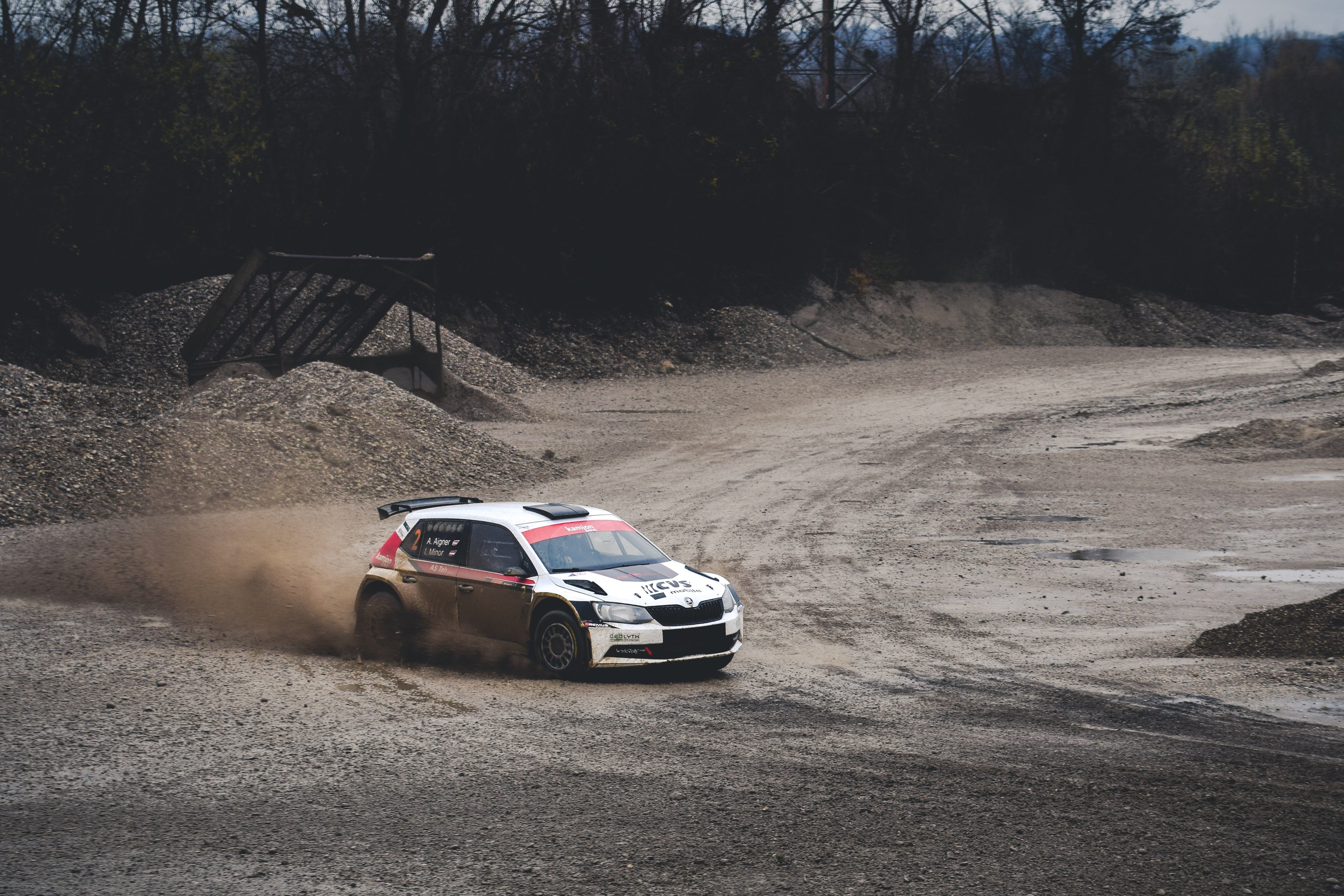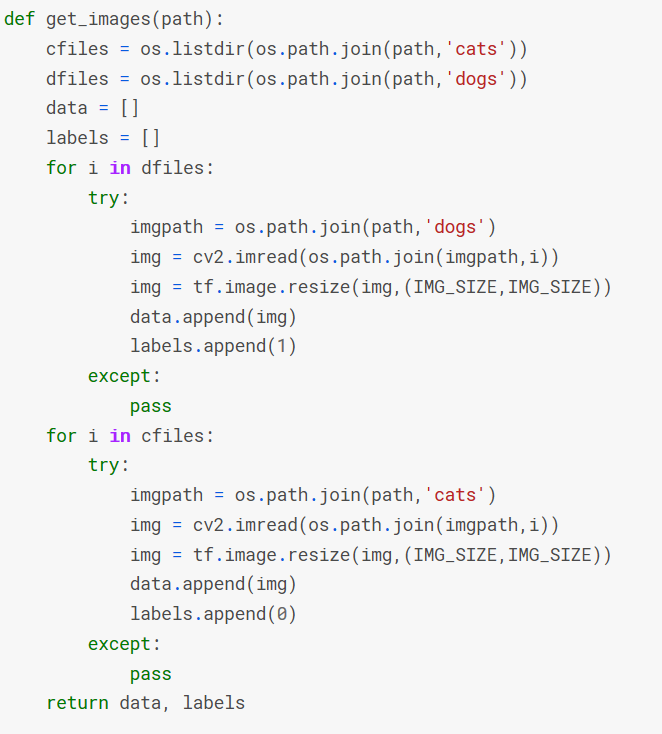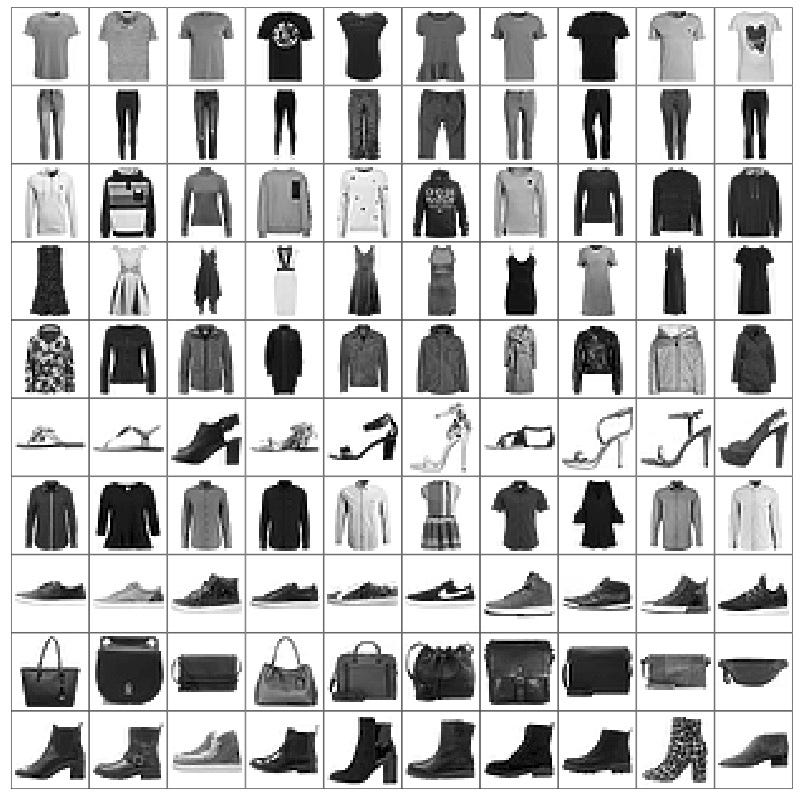44 tf dataset get labels
tf.data: Build Efficient TensorFlow Input Pipelines for Image Datasets 3. Build Image File List Dataset. Now we can gather the image file names and paths by traversing the images/ folders. There are two options to load file list from image directory using tf.data ... how to get the x and y as numpy array from a tensorflow prefetch tf ... I need to access access my X features and Y labels from a prefetch train dataset. I know that if I loop through the dataset I can have Xs and Ys printed. ... (0,2, (100)) # Create tf.data.Dataset from random data train_dataset = tf.data.Dataset.from_tensor_slices((X,y)) train_dataset = train_dataset.prefetch(tf.data.AUTOTUNE) # Extract numpy ...
How to build tensorflow dataset from MNIST csv dataset using Image ... Build a MNIST image dataset from the raw MNIST csv sample file in google colab; Seggregate the images in image dataset into sub-directories corresponding to each class label i.e. digit 0-9; Use image_dataset_from_directory function to split the dataset into train and validation set; Let's get started

Tf dataset get labels
tfds.features.ClassLabel | TensorFlow Datasets get_tensor_info. View source. get_tensor_info() -> tfds.features.TensorInfo. See base class for details. get_tensor_spec. View source. get_tensor_spec() -> TreeDict[tf.TensorSpec] Returns the tf.TensorSpec of this feature (not the element spec!). Note that the output of this method may not correspond to the element spec of the dataset. Tensorflow | tf.data.Dataset.from_tensor_slices() - GeeksforGeeks With the help of tf.data.Dataset.from_tensor_slices() method, we can get the slices of an array in the form of objects by using tf.data.Dataset.from_tensor_slices() method.. Syntax : tf.data.Dataset.from_tensor_slices(list) Return : Return the objects of sliced elements. Example #1 : In this example we can see that by using tf.data.Dataset.from_tensor_slices() method, we are able to get the ... tfds.visualization.show_examples | TensorFlow Datasets TensorFlow Datasets Fine tuning models for plant disease detection This function is for interactive use (Colab, Jupyter). It displays and return a plot of (rows*columns) images from a tf.data.Dataset. Usage: ds, ds_info = tfds.load('cifar10', split='train', with_info=True) fig = tfds.show_examples(ds, ds_info)
Tf dataset get labels. How to filter the dataset to get images from a specific class ... - GitHub Is it possible to make predicate function more generic, so that I can keep N number of classes and filter out the rest of the classes? or is there any other way to filter the dataset to get images from a specific class? Environment information. Operating System: Distribution: Anaconda; Python version: <3.7.7> Tensorflow 2.1; tensorflow_datasets ... How to convert my tf.data.dataset into image and label arrays #2499 A tf.data dataset. Should return a tuple of either (inputs, targets) or (inputs, targets, sample_weights). A generator or keras.utils.Sequence returning (inputs, targets) or (inputs, targets, sample_weights). A more detailed description of unpacking behavior for iterator types (Dataset, generator, Sequence) is given below. Get labels from dataset when using tensorflow image_dataset ... - Javaer101 My images are organized in directories having the label as the name. The documentation says the function returns a tf.data.Dataset object. If label_mode is None, it yields float32 tensors of shape (batch_size, image_size [0], image_size [1], num_channels), encoding images (see below for rules regarding num_channels). TensorFlow Datasets By using as_supervised=True, you can get a tuple (features, label) instead for supervised datasets. ds = tfds.load('mnist', split='train', as_supervised=True) ds = ds.take(1) for image, label in ds: # example is (image, label) print(image.shape, label)
Multi-label Text Classification with Tensorflow - Vict0rsch The labels won't require padding as they are already a consistent 2D array in the text file which will be converted to a 2D Tensor. But Tensorflow does not know it won't need to pad the labels, so we still need to specify the padded_shape argument: if need be, the Dataset should pad each sample with a 1D Tensor (hence tf.TensorShape ( [None ... How to get the labels from tensorflow dataset - Stack Overflow How to get the labels from tensorflow dataset Ask Question 0 ds_test = tf.data.experimental.make_csv_dataset ( file_pattern = "./dfj_test/part-*.csv.gz", batch_size=batch_size, num_epochs=1, #column_names=use_cols, label_name='label_id', #select_columns= select_cols, num_parallel_reads=30, compression_type='GZIP', shuffle_buffer_size=12800) tf.data: Build TensorFlow input pipelines | TensorFlow Core The tf.data API enables you to build complex input pipelines from simple, reusable pieces. For example, the pipeline for an image model might aggregate data from files in a distributed file system, apply random perturbations to each image, and merge randomly selected images into a batch for training. Multi-Label Image Classification in TensorFlow 2.0 - Medium model.compile(optimizer=tf.keras.optimizers.Adam(learning_rate=LR), loss=macro_soft_f1, metrics=[macro_f1]) Now, you can pass the training dataset of (features, labels) to fit the model and indicate a seperate dataset for validation. The performance on the validation set will be measured after each epoch.
Keras tensorflow : Get predictions and their associated ground ... - GitHub I am new to Tensorflow and Keras so the answer is perhaps simple, but I have a batched and prefetched tensorflow dataset (of type tf.data.TFRecordDataset) which consists in images and their label (int type) , and I apply a classification model on it. python - Get labels from dataset when using tensorflow image_dataset ... The documentation says the function returns a tf.data.Dataset object. If label_mode is None, it yields float32 tensors of shape (batch_size, image_size [0], image_size [1], num_channels), encoding images (see below for rules regarding num_channels). A hands-on guide to TFRecords - Towards Data Science To get these {image, label} pairs into the TFRecord file, we write a short method, taking an image and its label. Using our helper functions defined above, we create a dictionary to store the shape of our image in the keys height, width, and depth — w e need this information to reconstruct our image later on. How to filter Tensorflow dataset by class/label? - Kaggle Hey @bopengiowa, to filter the dataset based on class labels we need to return the labels along with the image (as tuples) in the parse_tfrecord() function. Once that is done, we could filter the required classes using the filter method of tf.data.Dataset. Finally we could drop the labels to obtain just the images, like so:
How to use Dataset in TensorFlow - Medium dataset = tf.data.Dataset.from_tensor_slices (x) We can also pass more than one numpy array, one classic example is when we have a couple of data divided into features and labels features, labels = (np.random.sample ( (100,2)), np.random.sample ( (100,1))) dataset = tf.data.Dataset.from_tensor_slices ( (features,labels)) From tensors
Predict cluster labels spots using Tensorflow - Read the Docs We create a vector of our labels with which to train the classifier. In this case, we will train a classifier to predict cluster labels obtained from gene expression. We'll create a one-hot encoded array with the convenient function tf.one_hot. Furthermore, we'll split the vector indices to get a train and test set.
Data preprocessing using tf.keras.utils.image_dataset_from ... - Value ML Let's say we have images of different kinds of skin cancer inside our train directory. We want to load these images using tf.keras.utils.images_dataset_from_directory () and we want to use 80% images for training purposes and the rest 20% for validation purposes. We define batch size as 32 and images size as 224*244 pixels,seed=123.

python - TF version : 2.4.1, TypeError: Input 'filename' of 'ReadFile' Op has type float32 that ...
Images with directories as labels for Tensorflow data 1.jpg, 2.jpg, …, n.jpg. If we want to use the Tensorflow Dataset API, there is one option of using the tf.contrib.data.Dataset.list_files and use a glob pattern. This will give us a dataset of strings for our file paths and we could then make use of tf.read_file and tf.image.decode_jpeg to map in the actual image.
How to solve Multi-Label Classification Problems in Deep ... - Medium time: 7.8 s (started: 2021-01-06 09:30:04 +00:00) Notice that above, the True (Actual) Labels are encoded with Multi-hot vectors Prepare the data pipeline by setting batch size & buffer size using ...
tf.data.Dataset select files with labels filter Code Example extract label from tf data select features and label from df filter pandas dataframe filter dataframe Python queries related to "tf.data.Dataset select files with labels filter" tensorflow dataset tensorflow repeat data generator example dataset.shuffle tf.data.dataset.from_tensor_slices batch tf.data.dataset.from_generator output_types
tensorflow tutorial begins - dataset: get to know tf.data quickly def train_input_fn( features, labels, batch_size): """An input function for training""" # Converts the input value to a dataset. dataset = tf. data. Dataset. from_tensor_slices ((dict( features), labels)) # Mixed, repeated, batch samples. dataset = dataset. shuffle (1000). repeat (). batch ( batch_size) # Return data set return dataset
Datasets - TF Semantic Segmentation Documentation dataset/ labels.txt test/ images/ masks/ train/ images/ masks/ val/ images/ masks/ or use. dataset/ labels.txt images/ masks/ The labels.txt should contain a list of labels separated by newline [/n]. For instance it looks like this: background car pedestrian Create TFRecord


![[러닝 텐서플로]Chap04 - 합성곱 신경망 CNN](https://t1.daumcdn.net/cfile/tistory/99DAA3405B1AC44D0C)


Post a Comment for "44 tf dataset get labels"